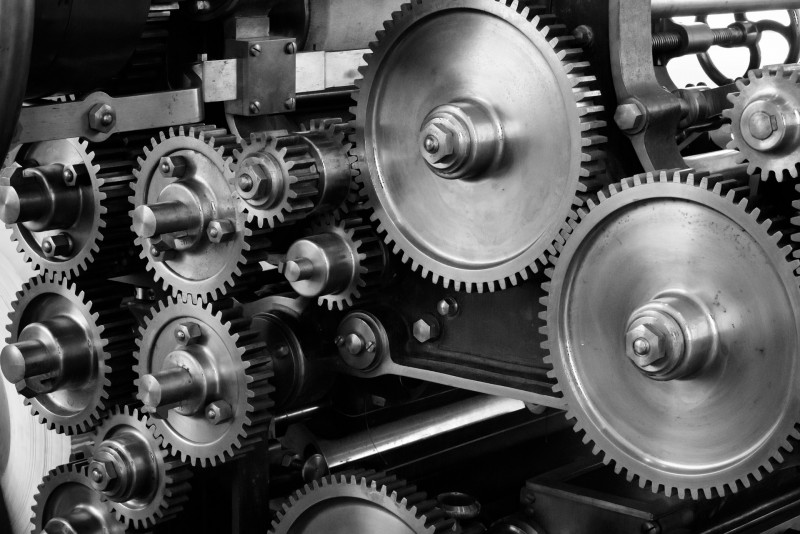Popular Posts
A high-yield bond is a bond that pays higher-than-average amount in interest. Typically, this is because the bond issuer has a lower-than-average credit rating.
A high-yield bond is exactly what it sound like: a bond that pays a high yield, which is periodic income. Previously, these bonds were commonly called “junk” bonds.
Credit ratings agencies investigate companies and give them a complex letter-grade rating. The highest rating is some variation of “A.” Bonds rated “B” or lower are not investment grade, according to the agencies.

Investors are free to own lower-grade bonds. Usually, though, investors require a higher income payment to offset the risk of potential loss from, say, a bankruptcy.
Corporations are no different from individuals when it comes to borrowing money.
If you have a credit score in the 700-point range, you likely will be offered a good deal on new car financing or a mortgage. If your credit score is below 600, you would expect to pay a higher interest rate or possibly be denied a loan.
Investors who seek to own bonds could put all of their money into U.S. government debt, in the form of Treasury bills. Since these bonds represent taxpayers they are considered the safest in the market.
Treasury bonds thus often function in the market as the “risk-free rate,” the return one might expect at virtually no risk of loss. It’s similar to having nearly perfect personal credit.
Investment grade bonds are next on the scale. While not risk-free, investors who buy AAA-rated bonds are somewhat assured that the company or government issuing the debt is in good financial shape and very likely to pay back the loan and interest.
Once you leave the investment-grade arena, the cost of credit begins to rise.
Companies and governments sometimes find themselves in need of capital. Despite a lower bond rating, they might choose to sell bonds in order to raise that money.
The market prices the offering accordingly, based on the rating and investor demand. High-yield investing thus can offer the investor a higher return while not necessarily the same level of risk found in buying stock in the same company.
After all, if the company goes bankrupt common stock investors get nothing. Bond investors are considered creditors and can recover some money in the process.
If the company (or government) manages to improve its situation, however, the high-yield investor gets a better return and a return of the capital invested.
MarketRiders, Inc. is a registered investment adviser. Information presented is for educational purposes only and does not intend to make an offer or solicitation for the sale or purchase of any specific securities, investments, or investment strategies. Investments involve risk and, unless otherwise stated, are not guaranteed. Be sure to first consult with a qualified financial adviser and/or tax professional before implementing any strategy discussed herein. Past performance is not indicative of future performance.